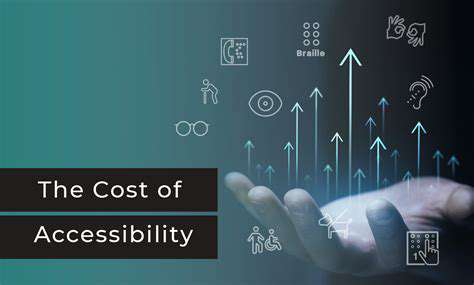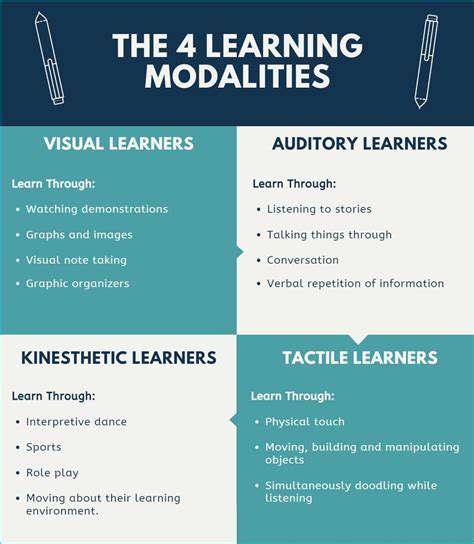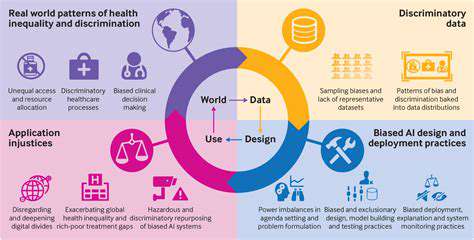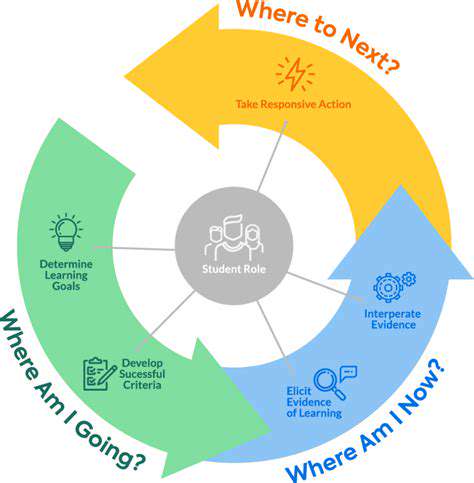Cybersecurity in EdTech: Protecting Student Data and Privacy
Protecting Student Privacy Through Data Governance and Compliance
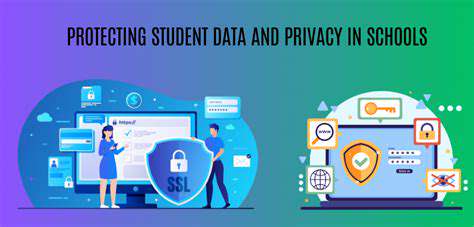
Protecting Student Information: A Comprehensive Approach
Ensuring the confidentiality and security of student data is paramount in today's educational landscape. Protecting student information is not just a legal obligation; it's a moral imperative. We must safeguard sensitive personal details like academic records, medical information, and disciplinary records from unauthorized access and misuse. This comprehensive approach requires a multi-faceted strategy, encompassing robust policies, secure systems, and vigilant oversight.
Implementing strong data encryption protocols, along with rigorous access controls, is critical. These measures are essential to prevent unauthorized access and potential breaches. Furthermore, regular security audits and vulnerability assessments are necessary to identify and address potential weaknesses in the system.
Data Minimization and Purpose Limitation
Collecting only the data necessary for specific educational purposes is a cornerstone of responsible data handling. Excessively broad data collection practices raise unnecessary privacy concerns and increase the risk of misuse. Schools must carefully define the purpose for each data point collected, ensuring strict adherence to these limitations.
The information gathered should be limited to what is absolutely essential for the intended educational activities. Any data exceeding these requirements should be promptly deleted or anonymized. This principle significantly minimizes the potential for misuse or unauthorized access.
Transparency and Parental Involvement
Open communication with parents and students is crucial to building trust and fostering a culture of privacy awareness. Clear and accessible privacy policies, written in plain language, should be readily available to all stakeholders. This transparency empowers parents and students to understand how their data is being collected, used, and protected.
Actively involving parents in discussions about data privacy policies and practices is essential. This collaborative approach ensures that parents feel informed and empowered to participate in safeguarding their children's information. Regular updates and communication on data protection measures are key to maintaining this active partnership.
Secure Storage and Access Controls
Implementing secure storage solutions is crucial to protect student data from unauthorized access and breaches. Data should be stored in encrypted formats, and access privileges should be carefully managed and monitored. This includes limiting access to authorized personnel only and regularly reviewing and updating access controls.
Furthermore, physical security measures should be in place to protect sensitive documents and devices. This includes secure storage facilities, limited access areas, and robust physical security protocols.
Compliance with Regulations and Best Practices
Adhering to relevant data protection regulations, such as FERPA in the US, is a legal and ethical obligation. Understanding and implementing these regulations is critical to ensuring compliance. Regularly reviewing and updating policies to align with evolving standards and best practices is essential.
Staying informed about emerging threats and vulnerabilities, and incorporating appropriate security measures, is crucial to maintaining the confidentiality and integrity of student data. This proactive approach ensures continuous improvement in data protection.
Read more about Cybersecurity in EdTech: Protecting Student Data and Privacy
Hot Recommendations
- Attribution Modeling in Google Analytics: Credit Where It's Due
- Understanding Statistical Significance in A/B Testing
- Future Proofing Your Brand in the Digital Landscape
- Measuring CTV Ad Performance: Key Metrics
- Negative Keywords: Preventing Wasted Ad Spend
- Building Local Citations: Essential for Local SEO
- Responsive Design for Mobile Devices: A Practical Guide
- Mobile First Web Design: Ensuring a Seamless User Experience
- Understanding Your Competitors' Digital Marketing Strategies
- Google Display Network: Reaching a Broader Audience



